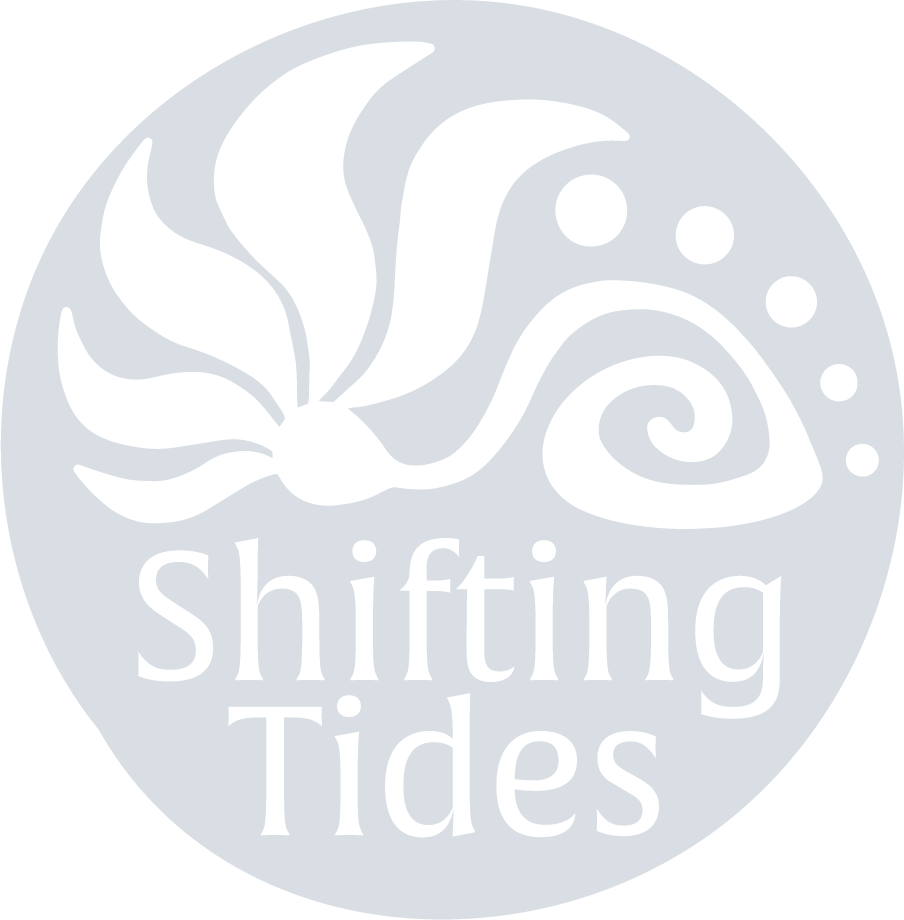Salvaging Seaweed on the Oregon Coast
One of my favorite seaweeds, or kelps, to harvest and pickle is bull kelp! Keep reading to learn how to salvage seaweed in Oregon and how to make bull kelp pickles. Seaweeds span our coast range and cover our intertidal ecosystems. In fact, the Pacific Northwest is home to more kelp species than anywhere else on the planet. Learn to salvage fresh seaweeds right off the beach!
Sign up to read this post
Join Now

